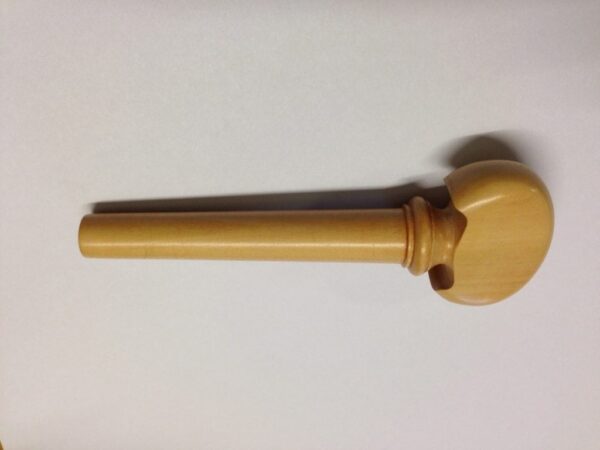

If your string is REALLY out of tune, you will have to use the pegs up at the top of the cello to fix it.If so, go on to the next strings and repeat the process. Check with the tuner again to see if you went far enough.Need it to go higher because it’s too low? Turn it toward the higher string). (Or a trick we use: turn the tuner in the direction you want the pitch to go. If the note is sharp or too high, turn the fine tuner towards the right. If the tuner tells you the note is flat, or too low, reach down to the A string’s fine tuner and turn it about a half-turn towards the left, when the front of the cello is facing away from you. There are many free apps out there or tuner machines you can buy that will help you do this. However, to give you a general idea to get started:
#Cello standard tuning how to
So, if you can learn how to tune from a professional, that would be safest and would save you the headache of broken strings or other issues down the line. The number one mistake we see with people learning how to tune is usually Dad tries to tune it (sorry, Dads, but that’s always been our experience!) and a string breaks.

D would be D3, G is G2 and C is C2.įirst, it’s really best if you can learn to tune from your teacher or a trusted professional at a shop. If you’re using a tuner, the cello A string might be also called A3 or 220Hz. It’s important to tune to the correct octave for each string. If you’ve already got some musical knowledge, you might have figured out that the strings are tuned in the interval of a fifth. When you’re looking at the cello, that’s going in order from right to left, or high to low, or skinniest to thickest. How is the cello tuned? What are the names of the strings? This is pretty important information, since all the other notes you play are based on these strings being at the correct pitch.


 0 kommentar(er)
0 kommentar(er)
